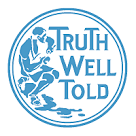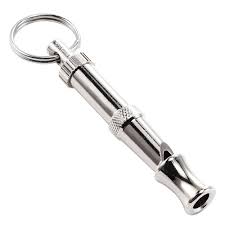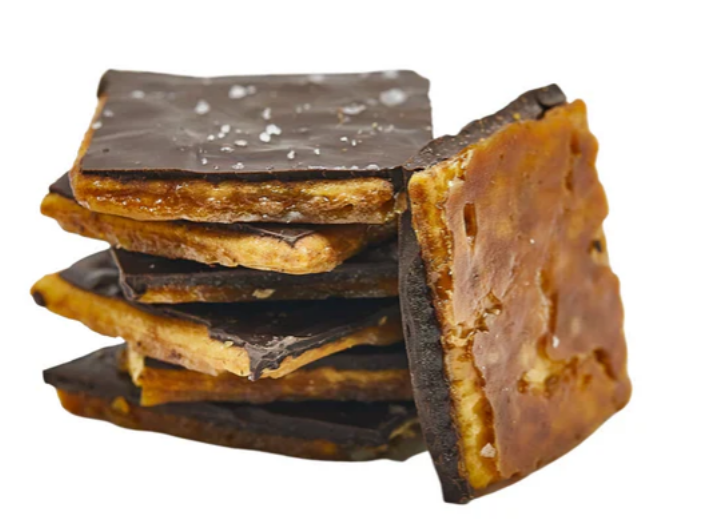Truth in Life, Liberty and the Pursuit of Happiness.
 The dissolution of truth and proof is hurting brand science. Let me ‘splain. There was a time in American advertising when nationally broadcast TV commercials had to pass before lawyers in Network Television “Standards and Practices” departments. If you couldn’t prove a claim, you couldn’t make it. It was a truth thing. Lesser media bodies were not so stringent, e.g., you could say stuff on local radio and print ads that weren’t particularly true and get away with it.
The dissolution of truth and proof is hurting brand science. Let me ‘splain. There was a time in American advertising when nationally broadcast TV commercials had to pass before lawyers in Network Television “Standards and Practices” departments. If you couldn’t prove a claim, you couldn’t make it. It was a truth thing. Lesser media bodies were not so stringent, e.g., you could say stuff on local radio and print ads that weren’t particularly true and get away with it.
Fast forward to today and our current political environment where prevarication is the art of the day. Our president, for instance, often states that the inflation he inherited was the highest in the history of the United States. (Spoiler alert: I remember in the early 1980s running bank ads with CD rates at 18.5%.) Saly, the truth today is whatever people say it is. And that not only erodes national character, it makes marketing unbelievably hard.
What’s The Idea? is a brand consultancy built upon creating brand positions and brand value on proof. Proof of what, you might ask? Well, that’s where the strategy comes in — that’s what clients pay for. But recognize this, it is proof that makes a claim believable. Evidence convinces.
In the future, we will return to truth once again. Truth in politics and truth in advertising. But for today, those brands that delve into truth and proof will prosper even more. Because in an era of foggy, unsupported claims, the real truth sings like a Robert Plant lyric.
Peace.






